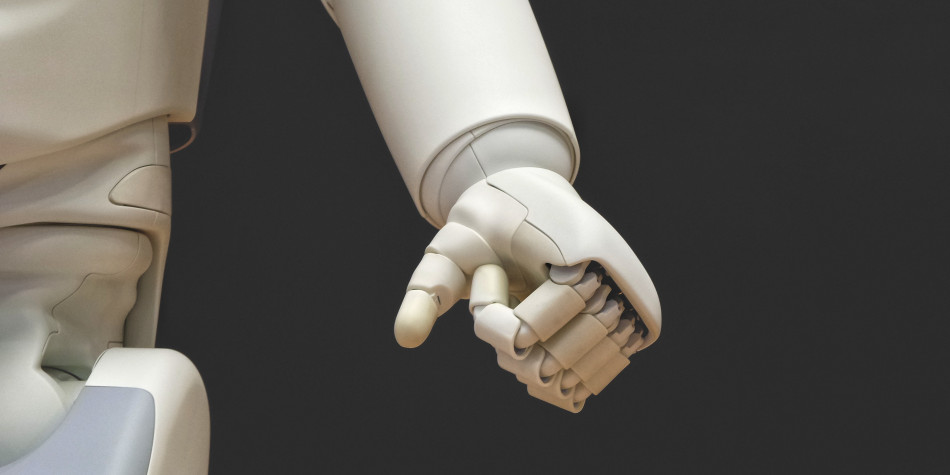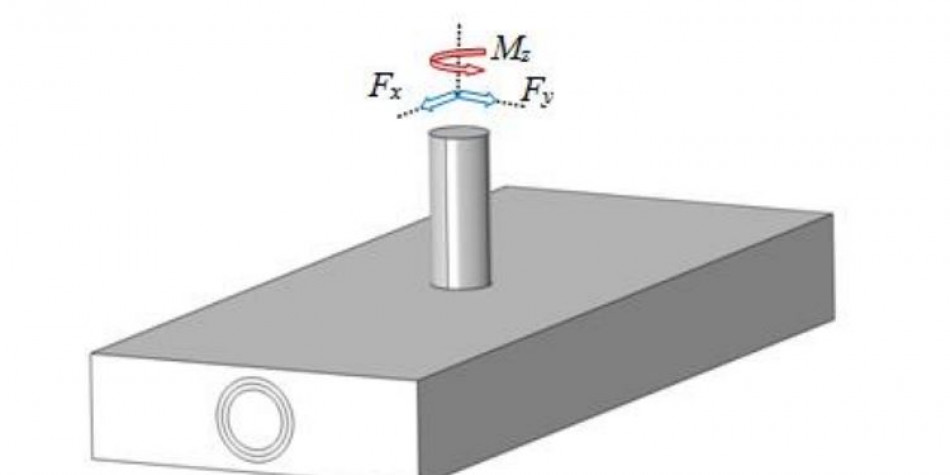
On the surface of the coating there is a layer of special villi – "vibrissae", which transmit data on temperature, external influences and impacts, as well as the shape and size of the bodies in contact with them.
Tactile polymer coating is based on the use of the "mechanoluminescent effect" – light output during mechanical exposure to a system of piezoelectric and electroluminescent elements. Upon contact with the analyzed objects, the villi deform and carry out informative mechanical effects on the corresponding sections of the housing and the built-in fiber-optic mechanoluminescent sensor. In the activated areas of the sensor, light output occurs inside the fiber. This makes it possible to transmit informative light signals over long distances for their subsequent "decoding".
Perm Polytechnic scientists have studied the deformation and electric fields that are formed during this process in the elements of the tactile coating: the villi, the housing and the built-in fiber-optic mechanoluminescent sensor. The electromechanical model made it possible to identify the dependence of informative light signals on the tactile "sensations" of the coating when the villi come into contact with objects.
The development can be used to create domestic humanoid robots, bionic prostheses and artificial organs.
– The tactile coating can take various forms and is a flexible thin polymer layer with a built-in network of fiber-optic sensors.
They convert touch information into optical signals in order to transmit them via optical fiber to "artificial intelligence". In the future, the coating can be used as artificial skin of humanoid robots, in bionic prostheses and artificial organs.
The technology will make their tactile sensations real. Having determined the properties of the object, the robot will be able to accurately calculate the necessary and sufficient force for its retention and subsequent actions, – explains the project manager, professor of the Department of Mechanics of Composite Materials and Structures of Perm Polytechnic University, Doctor of Physical and Mathematical Sciences Andrey Pankov.
The development of the sensory abilities of robots and bionic prostheses is one of the relevant areas that scientists are working on all over the world. According to researchers from Perm Polytechnic University, the transmission method they developed has advantages over analogues in which the deformation of the villi is "read" by a high-speed photo-video recording system.
The research was carried out within the framework of the Strategic Academic Leadership Program "Priority 2030". The scientists published the results of his work in the Journal of Radio Electronics (2022). The development corresponding to the direction "Digitalization and robotization of production and services", as well as the Photonics project of the Perm REC, was implemented with the financial support of the RFBR and the Perm Region.




